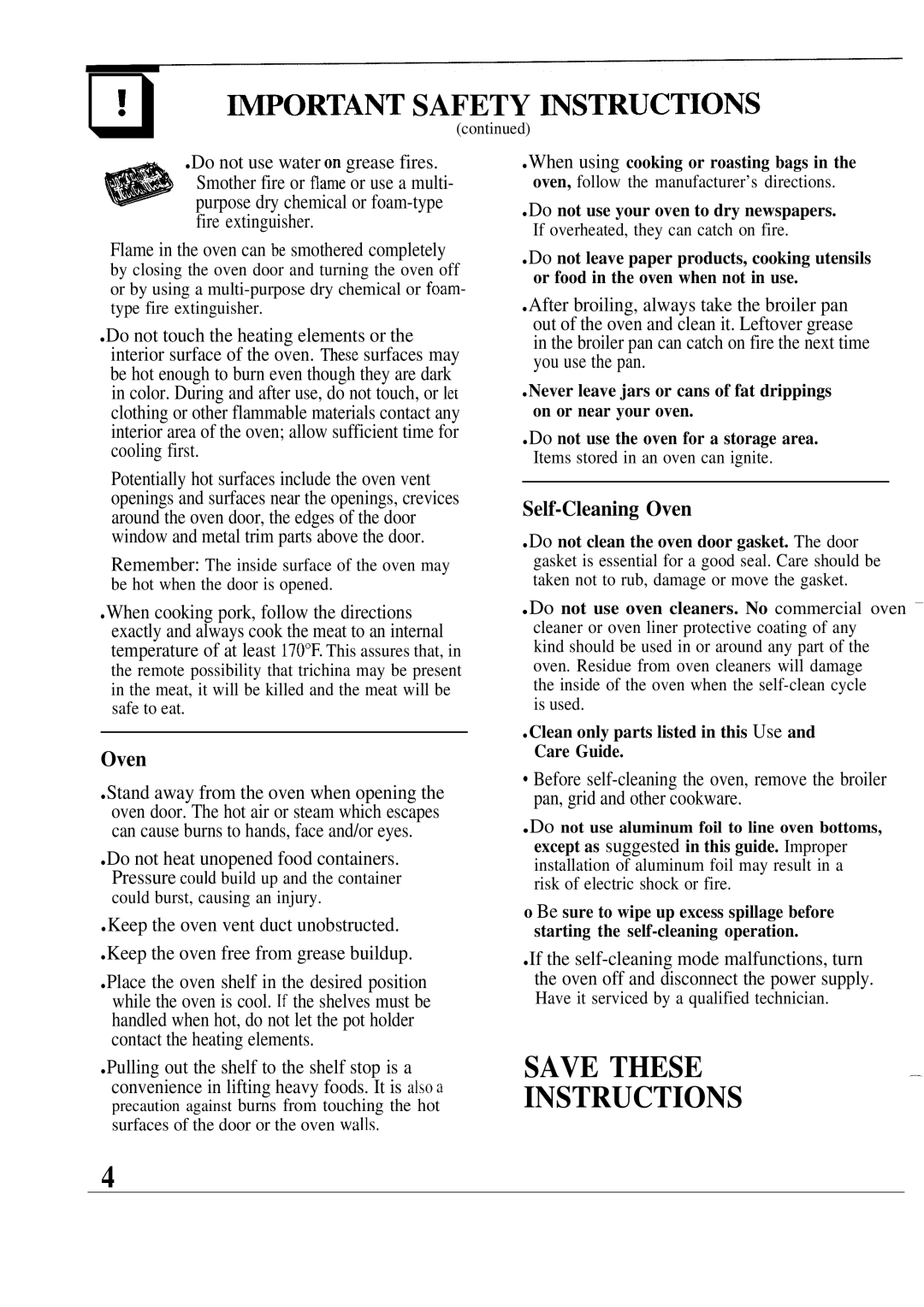164D2966P126 specifications
The GE 164D2966P126 is a critical component in the realm of industrial and aerospace applications, offered by General Electric. This part exemplifies advanced engineering designed to fulfill high-performance requirements in demanding environments. Its reliability and efficiency make it suitable for a variety of uses, with a particular focus on power generation and distribution systems.One of the main features of the GE 164D2966P126 is its robust construction. Built to withstand extreme operating conditions, this part demonstrates exceptional durability in the face of thermal fluctuations, pressure variations, and mechanical stresses. This resilience is essential for components utilized in the aerospace industry, where failure is not an option.
The technology integrated into the GE 164D2966P126 is another standout characteristic. With advancements in materials science, the component is manufactured using lightweight yet strong materials that contribute to overall efficiency. This approach minimizes weight without compromising structural integrity, which is crucial in aviation applications where every ounce matters.
Additionally, the GE 164D2966P126 employs cutting-edge manufacturing techniques that ensure precision and quality. The use of CNC machining and additive manufacturing processes enhances the component's design flexibility while maintaining tight tolerances. This precision is vital for parts that must fit seamlessly within complex systems.
The electrical characteristics of the GE 164D2966P126 are optimized to handle varying loads, making it an indispensable part of electrical control and distribution systems. Its ability to maintain performance under fluctuating conditions aligns well with modern energy management strategies, promoting efficiency and sustainability.
Moreover, the GE 164D2966P126 is characterized by its ease of integration into existing systems. It is designed to work with other components seamlessly, reducing installation time and costs. This compatibility is essential for industries that require rapid upgrades and scalability.
In conclusion, the GE 164D2966P126 represents a pinnacle of engineering innovation, embodying durability, efficiency, and advanced technology. Its robust features and exceptional characteristics make it ideal for applications in power generation and aerospace, ensuring that it meets the high standards expected in these critical sectors. With General Electric's commitment to excellence, the 164D2966P126 continues to support industries that depend on reliable performance and cutting-edge technology.

